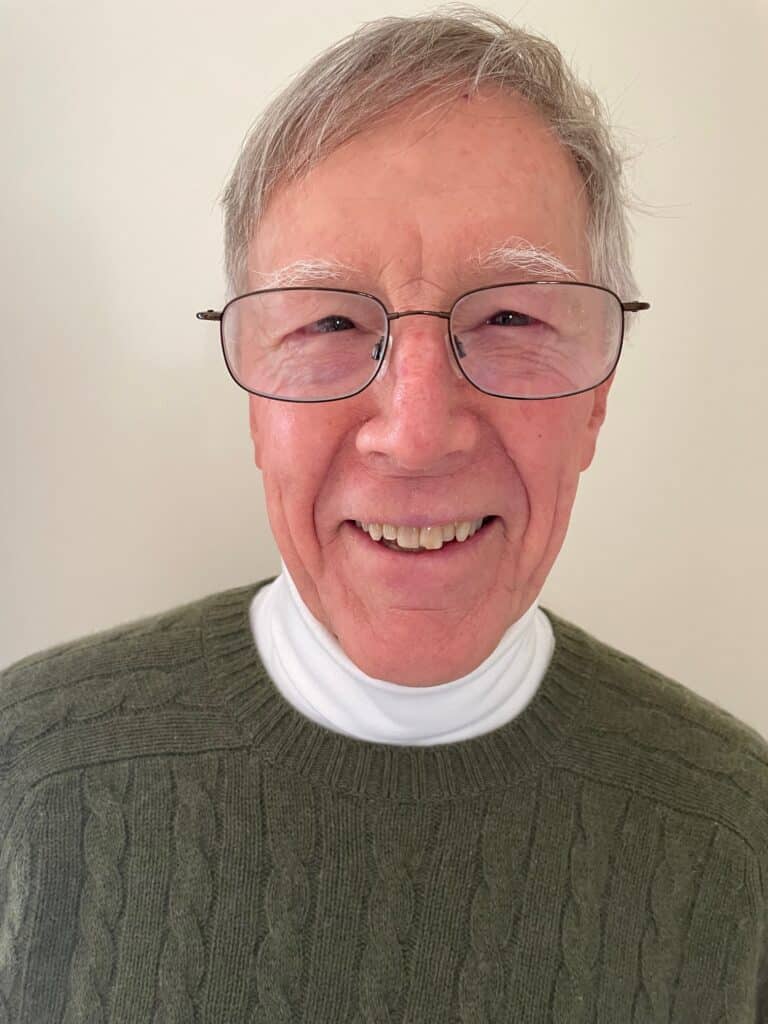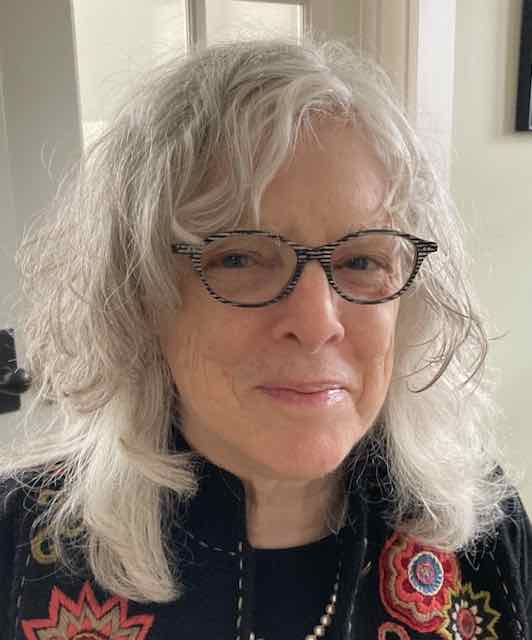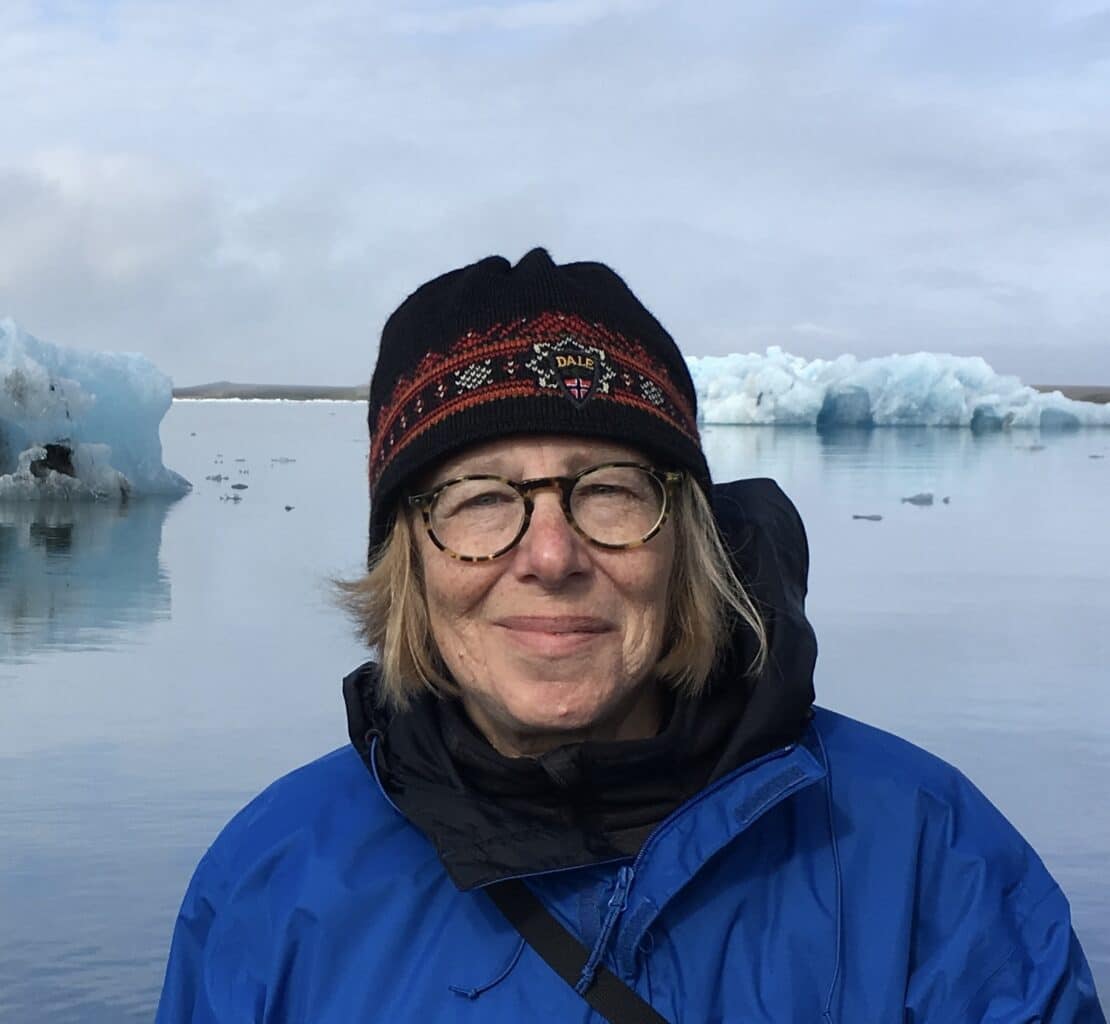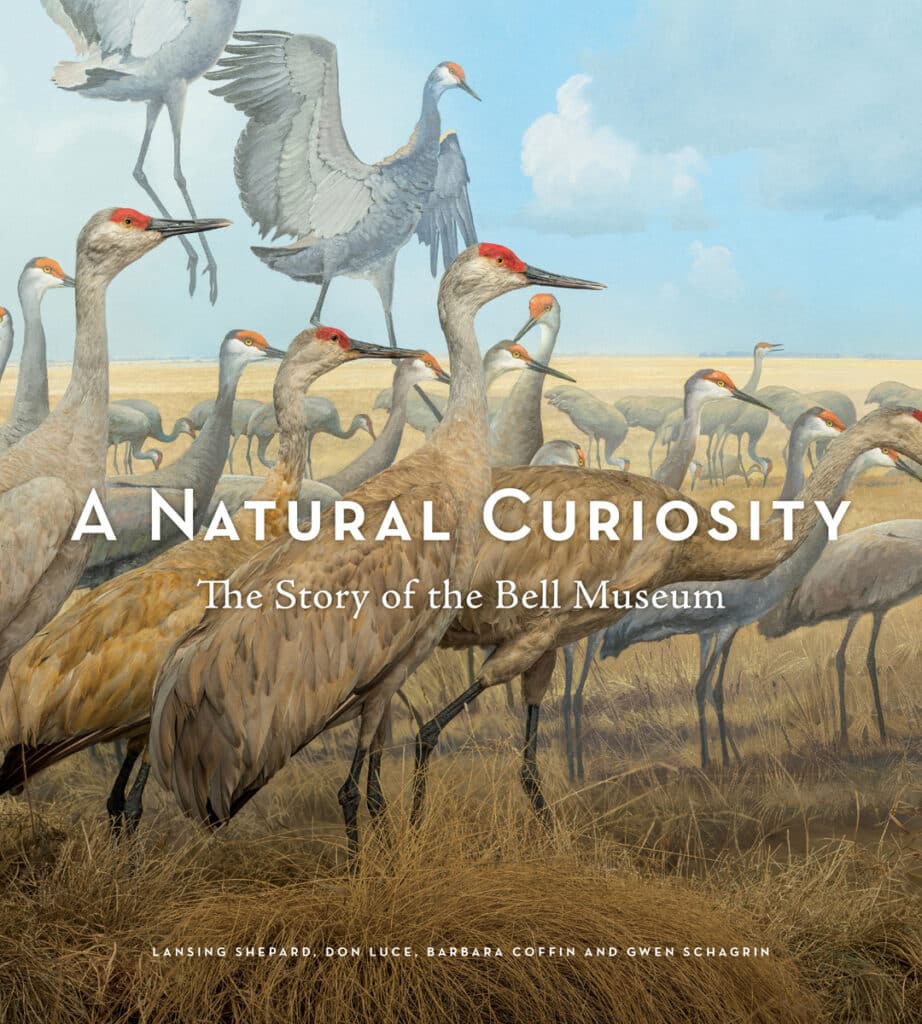Lansing Shepard, Don Luce, Barbara Coffin, and Gwen Schagrin, authors of A Natural Curiosity: The Story of the Bell Museum
Emilie Buchwald Award for Minnesota Nonfiction Category, sponsored by Annette and John Whaley
Each week leading up to the 35th annual Minnesota Book Awards, we are featuring exclusive interviews with our finalists. You can also watch the authors in conversation with their fellow category finalists here.

Would you tell us one or two things about your finalist book that you are particularly proud of, and why?
The history of the Bell Museum covers more than 150 years, a time that saw profound changes in culture and society and dramatic scientific advances in which the Bell had an active role, even as those advances drove the Museum’s own growth and evolution. This was not an easy thing to capture in a single, illustrated history book.

In planning this book, we read as many other histories of museums as we could find. Many were more or less marches-through-time with the seeming intent to pack in as much detailed information as possible. Based on our experiences as exhibit designers and documentary producers, we knew we needed to break up the content into more digestible pieces and organize it around engaging narratives. We divided the book into a series of stories, each one centered on a person, a project, or an achievement. Each story is largely self-contained, so a reader can pick up the book and read any story that catches their interest. We also tried to make each story relate not only to the museum, but to changes that were taking place in the larger society, such as advances in science and environmental issues. To help readers with a chronology, we decided to include an illustrated timeline which placed our stories in an historical context.

We are very proud of the way we pulled this off, particularly the book’s visual impact—something we were able to do thanks to the wealth of visual material we were able to find and the wonderful talent of Kari Finkler, of Kari Finkler Design, who worked with us in the book’s design.
What advice would you give to an aspiring writer with an interest in your category?

You want to write? If what you want to write is nonfiction, what kind of nonfiction would that be? Do research. Dive into the works that have inspired you to embark on this line of work and pay attention to your gut! When starting out, don’t be afraid of trying to mirror a style or approach that you particularly like. That can provide you with a good foundation. But then start to experiment. This is how you develop your own distinctive style.
Another thing to consider—using our own project as an example—try collaboration, particularly if a project seems too big to undertake Look for others who might help. In our case, we all had known and worked together on many other projects in the past. We knew we could work together and enjoyed working with each other, so that made the project a great experience.
Tell us about a favorite book. Why did you find it moving, influential, or otherwise memorable?
With respect to our project, there were a few that were foundational.
One was Under a Wild Sky: John James Audubon and the Making of the Birds of America, by William Souder. Bill Souder is a Minnesota author and Don played a very minor role in Souder’s research. As curator of the Bell Museum’s collection of Audubon art, Don was able to help Bill answer some specific questions by showing and discussing Audubon’s original double-elephant folio prints. Don and Gwen put together several exhibitions that featured Audubon’s work, and in the process, read pretty much all of the many biographies of Audubon which have been published over the years. Souder’s book is not only extensively researched, but also did an amazing job of bringing Audubon and his world to life.

Sue Leaf’s A Love Affair with Birds: The Life of Thomas Sadler Roberts was particularly important to us. Roberts was a pivotal figure in the history of the Bell Museum and to conservation in Minnesota. Leaf’s meticulously researched, but very readable, book was an essential reference as we developed the many stories in our book that tie back to Roberts in one way or another. By shining a spotlight on Roberts and his accomplishments, Sue Leaf did a great service to the understanding of environmental history in Minnesota.
Grassroots by Minnesota author Paul Gruchow was also influential. Part memoir and part reflection on knowing and living with the land, Gruchow’s book is a collection of stand-alone essays. Like our book, A Natural Curiosity, Gruchow’s Grasssroots allows a reader to enjoy a story of interest selected from the beginning, middle, or any location in the book.
Tell us something about yourself that is not widely known.
Don Luce: People may not know that as well as developing exhibitions and curating a natural history art collection, I’m also an artist. I’ve always had a passion for both nature and art. I paint mostly wilderness landscapes with a particular interest in water and shorelines.
Lansing Shepard: I began my professional career as a reporter for the Christian Science Monitor but had to be talked into it. Before I got to college, I had resolved to be a forest ranger, a taxidermist, a paleontologist, a spy, a foreign service officer, a Greek classics scholar among a host of other ridiculous notions. It wasn’t until I was nearing the end of my college years that a close friend suggested that I had a knack for writing, and that she wasn’t the only one who thought so. It got me thinking that maybe this thing that I’d always enjoyed, but had taken for granted, might be something worth purposely pursuing.
Barb Coffin: I was the co-instigator of the Minnesota County Biological Survey, begun in 1987 and just recently completed in 2022. The Biological Survey commenced 115 years after the first statewide survey, the Minnesota Geologic and Natural History Survey, that gave birth to the Bell Museum whose sesquicentennial we celebrate in our book A Natural Curiosity.
Gwen Schagrin: I ran a library (unfortunately now defunct) for people who were practitioners, students and instructors of firefighting and emergency medical services. I’ve also been a university librarian, a public librarian, and a university and hospital interior designer.
The Minnesota Book Awards is a celebration of writers, readers – and libraries. We’d love if you would share thoughts about the role and value of libraries.
Libraries, like museums, preserve knowledge and make it available for everyone’s use. Libraries allow people to explore their interests, discover new ideas, and expand their understanding. Indeed, libraries serve as portals for anyone to enter the universe of imagination and learning. Libraries preserve their collections so that future generations will also be able to experience a self-directed journey of discovery.
In the 1970s, the Bell Museum housed a University of Minnesota small branch library that was devoted to natural history books, with a strong focus on birds. This library contained numerous old natural history volumes (many had been donated by T.S. Roberts from his personal collection) with amazing illustrations. These books were among the inspirations that led Don to develop exhibitions that blended art and science to help engage visitors in the exploration of the natural world. We used these volumes in gathering material for our book, as well as for research for exhibits and television documentaries.
Lansing Shepard is a writer who specializes in conservation, environmental policy, and natural history. He is coauthor of This Perennial Land: Third Crops, Blue Earth, and the Road to a Restorative Agriculture.
Don Luce is Bell Museum Curator of Exhibits. For more than forty years he has curated most of the museum’s temporary exhibitions and played a key role in the conception and design of the new museum’s permanent exhibit gallery.
Barbara Coffin is the former head of media productions and adult programs at the Bell Museum. She is executive producer of the Emmy Award–winning television documentary Minnesota: A History of the Land.
Gwen Schagrin has worked in exhibits research, design, and production at the Bell Museum since 1992. She served as special exhibitions assistant curator for Audubon and the Art of Birds.

